You regularly carry a gun and are constantly battling against criminals and low-time thieves. You love the idea of having a shoulder holster. It keeps your weapon safe and accessible while lending a professional appearance. The concealed carry ensures equal weight distribution and comes with adjustable harnesses.
However, with a myriad of options available, how do you select the right shoulder holster for your gun? You don’t want to make a wrong purchase and be stuck with it for your professional combats. That’s where we can guide you.
This blog takes you through an extensive understanding of a shoulder holster and how to pick the right one for your weapon.
What is a Shoulder Holster
Resembling a backpack, a shoulder holster consists of two straps so you can comfortably wear it. The concealed carry is mounted on the right or left side strap, depending on your preference. Shoulder holsters are mostly preferred by law enforcement officers for their equal weight distribution and no load on the belt loops. The majority of the holsters come with a pouch for additional magazines, attached on the opposite side of the gun case.
Types of Shoulder Holsters
A shoulder holster comes in various types, depending on its orientation and design. Commonly, three types of holsters are used by the weapon owners:
Vertical Holsters
The weapon is kept in a vertical position, with the barrel pointing down. This style is generally preferred for full-length revolvers and pistols, especially when your focus is on retention rather than concealment. It keeps you in control of the draw while minimising the chances of printing.
Horizontal Holsters
The weapon is stored in a horizontal position, with the barrel pointing at the back. This style offers a better grip and draw ability, and is popular for compact and medium handguns. The horizontal holsters can leave a print under clothing, but can keep your weapon concealed, unless you access it.
Modular Holsters
A modular or customisable holster allows you to configure the gun’s position however you need. It comes with adjustable harnesses so you can easily tighten or loosen the grip. The holster is versatile and can be used for various firearms, from compact to full-length.
Factors to Consider While Choosing a Shoulder Holster
Along with choosing the type of shoulder holster, take care of other factors before deciding:
Firearm Size
It’s important to consider the size and weight of your weapon before selecting the shoulder holster.
- Vertical holster suits medium and full-length weapons
- Horizontal holster is suitable for compact firearms
Make sure that the holster you choose does not snag or cause any kind of discomfort. It should distribute the weapon’s weight equally across your shoulders.
Body Comfort
The body shape determines whether a holster fits properly on your shoulders or not:
- Choose a dual-strapped harness holster for broad shoulders
- Pick a holster with adjustable rigs and padded straps for a slim body type
Your shoulder should feel comfortable, and keep your holster intact, not add extra load on your body.
Draw Preference
Your shoulder holster’s orientation should match your dominant hand.
- Attach the holster to the right if you are left-handed, and vice versa
- You can use a holster with dual holsters if you are often involved in intense shootout situations
Concealment Requirements
A shoulder holster ensures concealment. However, the type plays a major role in deciding how well:
- Vertical holsters print under clothing, making it suitable for personnel who want an open carry
- Horizontal holsters don’t print under clothing, making them suitable to conceal your weapon
Retention and Safety
If your holster keeps the weapon intact and doesn’t let it move, you can walk/move, or act in every situation without stressing. Several shoulder holsters have adjustable straps, thumb breaks, and moulded shells to ensure that the gun doesn’t budge.
Also, safety is as important as retention in the case of concealed carry. The barrel shouldn’t point in the wrong direction, and the trigger should be covered in all situations. You must be able to draw your gun without garnering attention from others.
Material
A shoulder holster is commonly made from the following materials:
Leather
- A high-quality leather holster contours to your firearm and can withstand everyday rigours.
- If taken care of, this shoulder holster will stay by your side for years.
- However, it does take some time to break in and can crack in dry weather.
Nylon
- A nylon concealed carry is lighter than leather and ensures long-lasting comfort.
- The fabric can withstand moisture, making it a suitable choice for a dry climate.
- It doesn’t provide stable support, often required for large guns.
Kydex
- The thermoplastic material is rigid like leather and flexible like nylon.
- You don’t require a long break-in period to get habitual to the shoulder holster.
- A Kydex holster might not offer the professional look that you aim for as a law enforcement officer.
Pros and Cons of a Shoulder Holster
Advantages of a Shoulder Holster
A shoulder holster offers concealment, comfort, and adjustability. Here’s why it is a preferred choice by many:
- Suitable for Driving: Since there’s no weight on your pants or belt loops, you can drive around comfortably while wearing the shoulder holster.
- Equal Weight Distribution: The holster is worn like a backpack, balancing the weight of the pistol on both of your shoulders.
- Conceals Well: You can easily hide a gun underneath your clothing, like jackets, sweatshirts, or blazers. There is a minimal chance of printing.
- Quick Draw Access: A shoulder holster generally comes with a cross-draw orientation, ensuring easy access to the gun whenever you need.
Disadvantages of a Shoulder Holster
- Specific Clothing: Unless you wear oversized clothing or multiple layers, you cannot conceal the weapon. The same isn’t possible in hot weather conditions.
- Slow Access Without Training: While you can easily access your gun with a cross-draw position, it isn’t feasible without proper training. You need to undergo a few sessions before you become an expert.
- Less Reliable in Confrontational Situations: A shoulder holster keeps the barrel exposed, making it less reliable in close combat situations and emergencies. You don’t want a holster that leads to accidental discharge.
Conclusion
Choosing the right shoulder holster is more than matching your style. It is about your comfort, safety, and requirements. Therefore, it is important to consider factors like position, material, clothing, and firearm size to decide on your concealed carry. With the right choice, a shoulder holster can become a trusted part of your professional life.
FAQs
Is a vertical shoulder holster better than a horizontal holster?
A vertical holster provides better concealability as compared to a horizontal holster. However, it is more difficult to draw in emergencies.
Which side should your holster be on?
Place the holster on the opposite side of your dominant hand for easy draw.
Are shoulder holsters practical?
Yes, a shoulder holster is practical as it distributes the weight equally across your body.
What are the disadvantages of a shoulder holster?
A shoulder holster may not be the ideal choice if you want to retain concealment.
Is a shoulder holster open carry?
Yes, in states where open carry is allowed, a visible handgun in a shoulder holster would be considered an open carry.

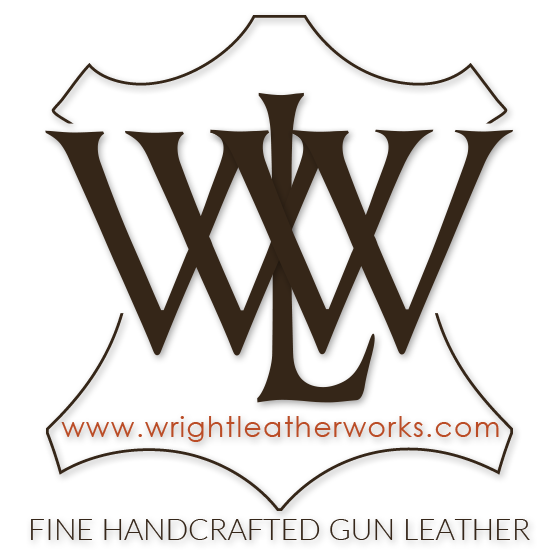
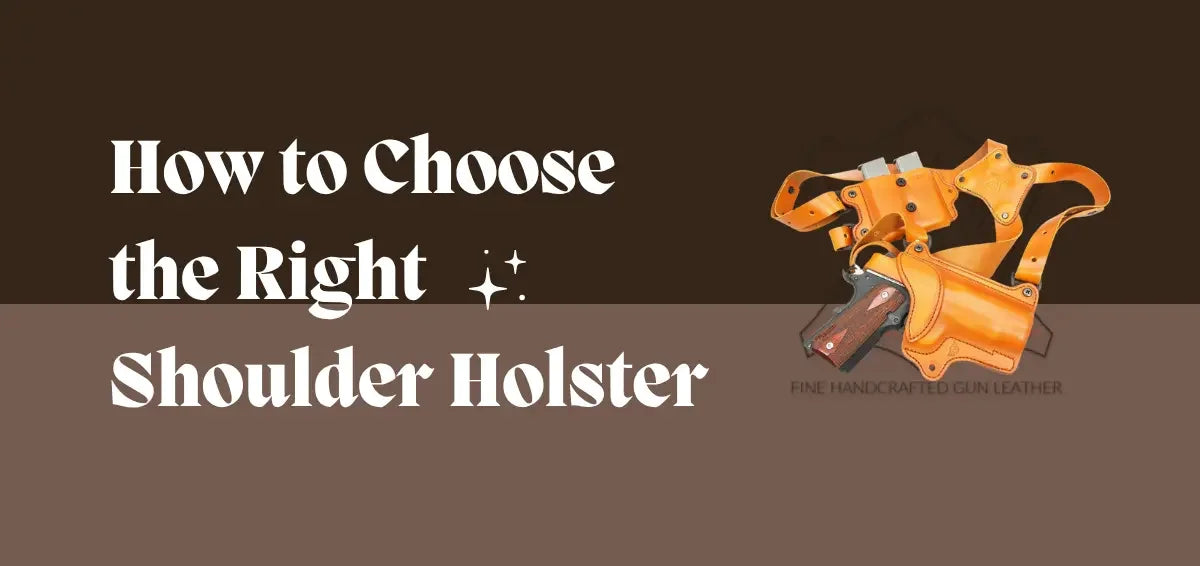
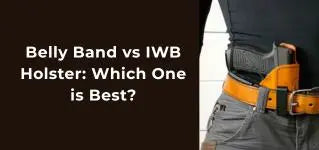
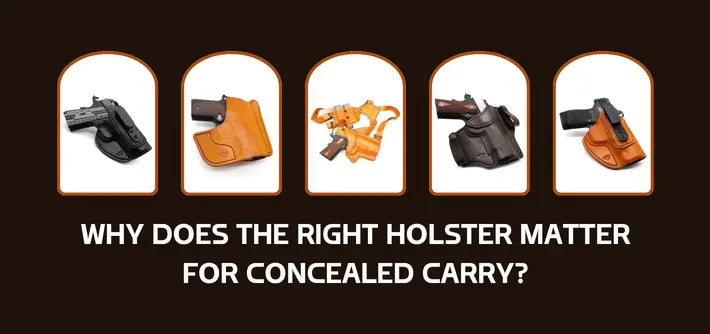
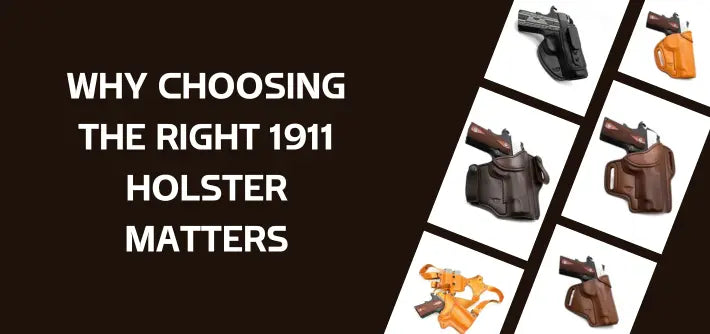
Leave a comment (all fields required)